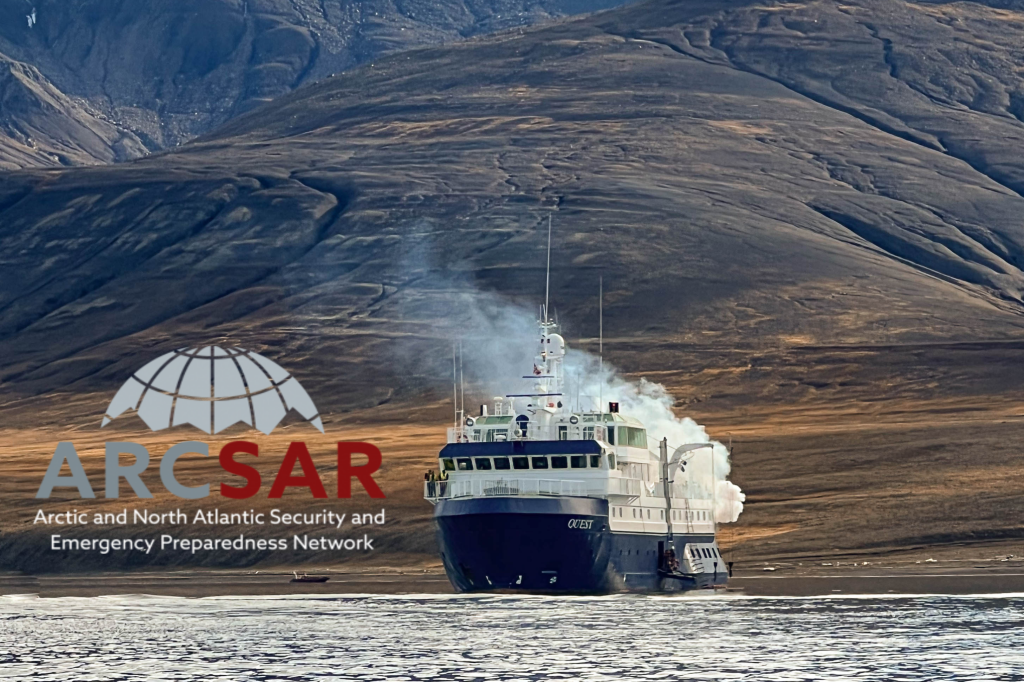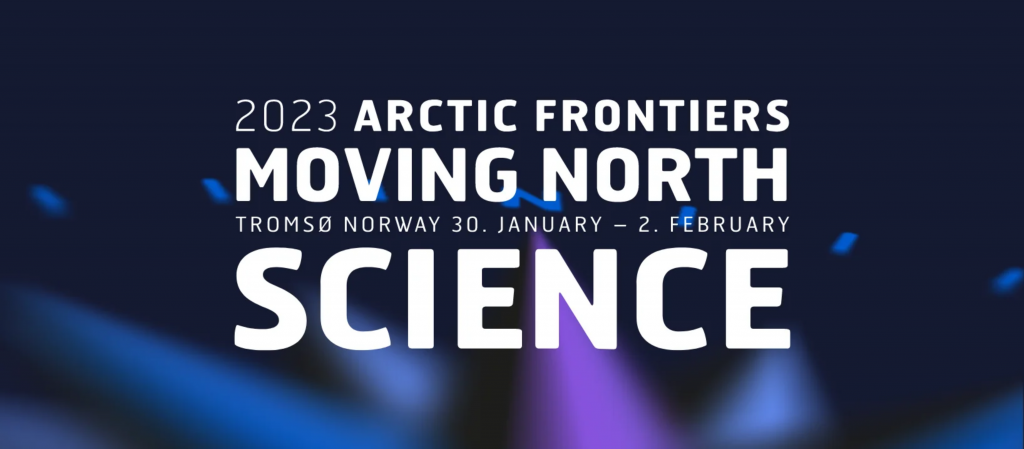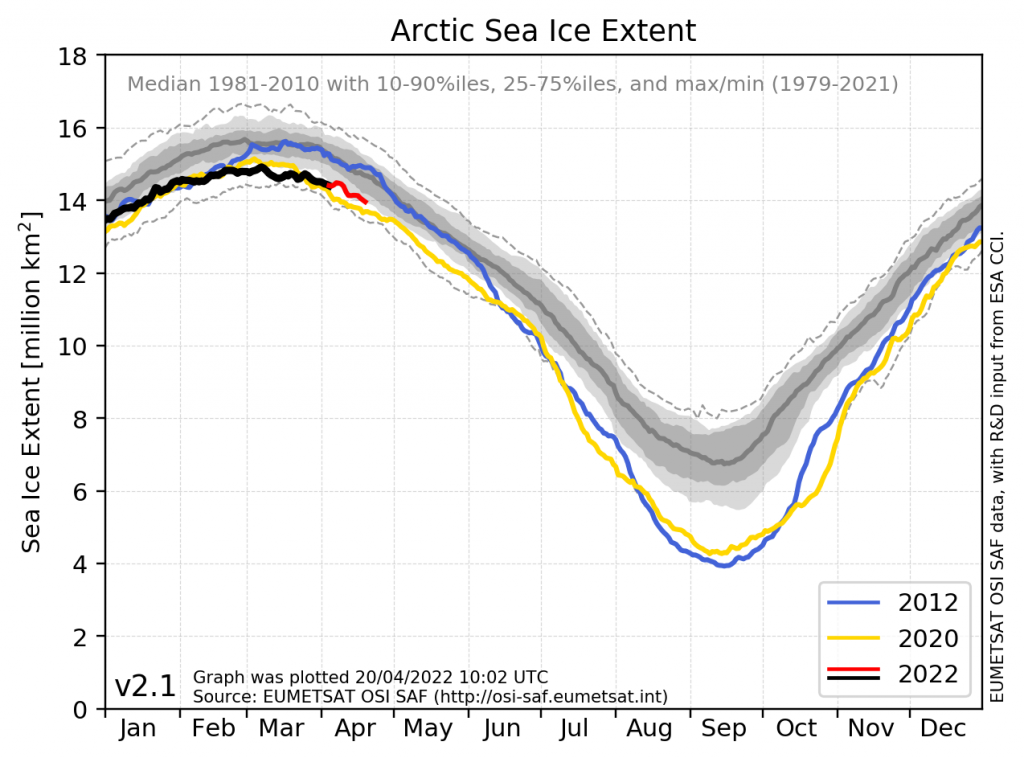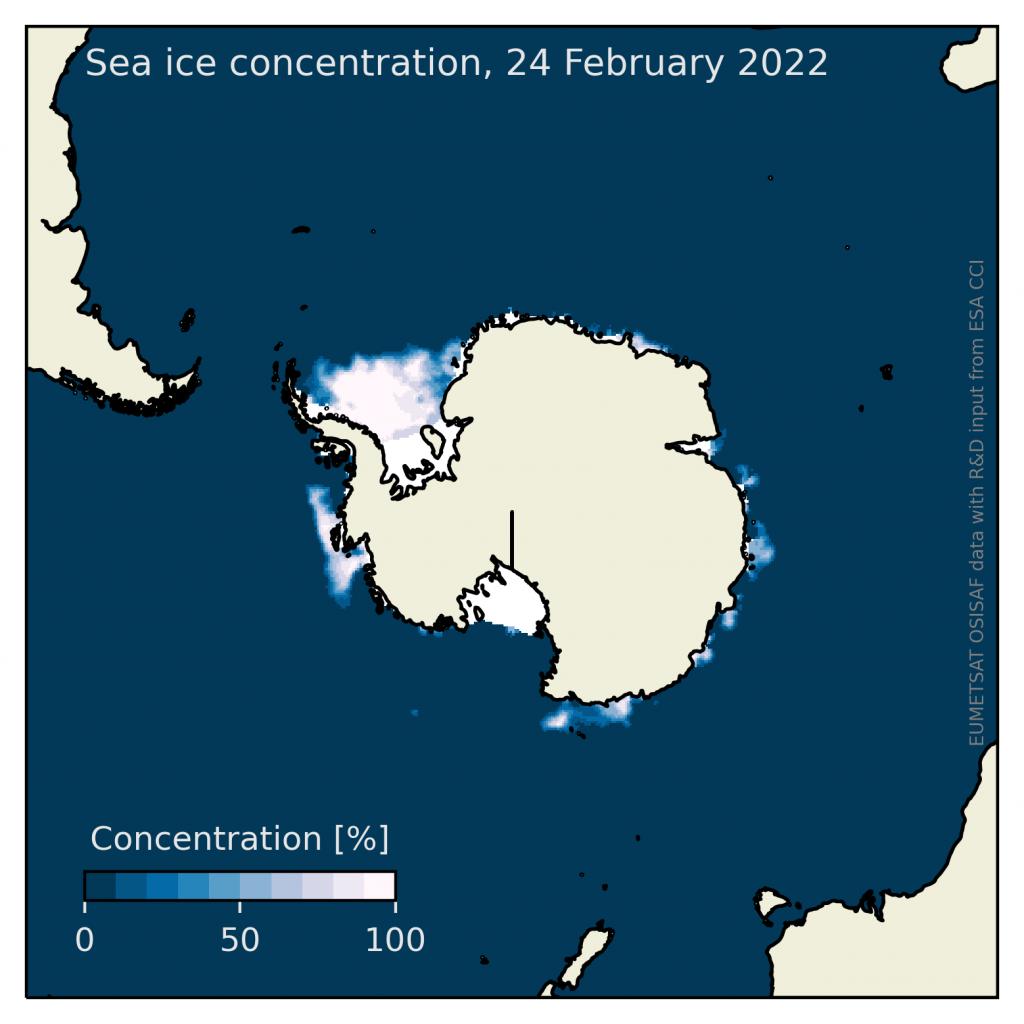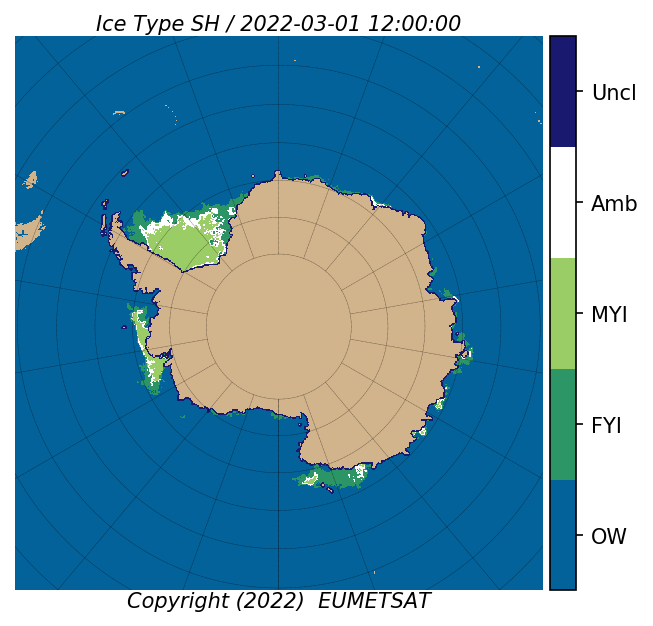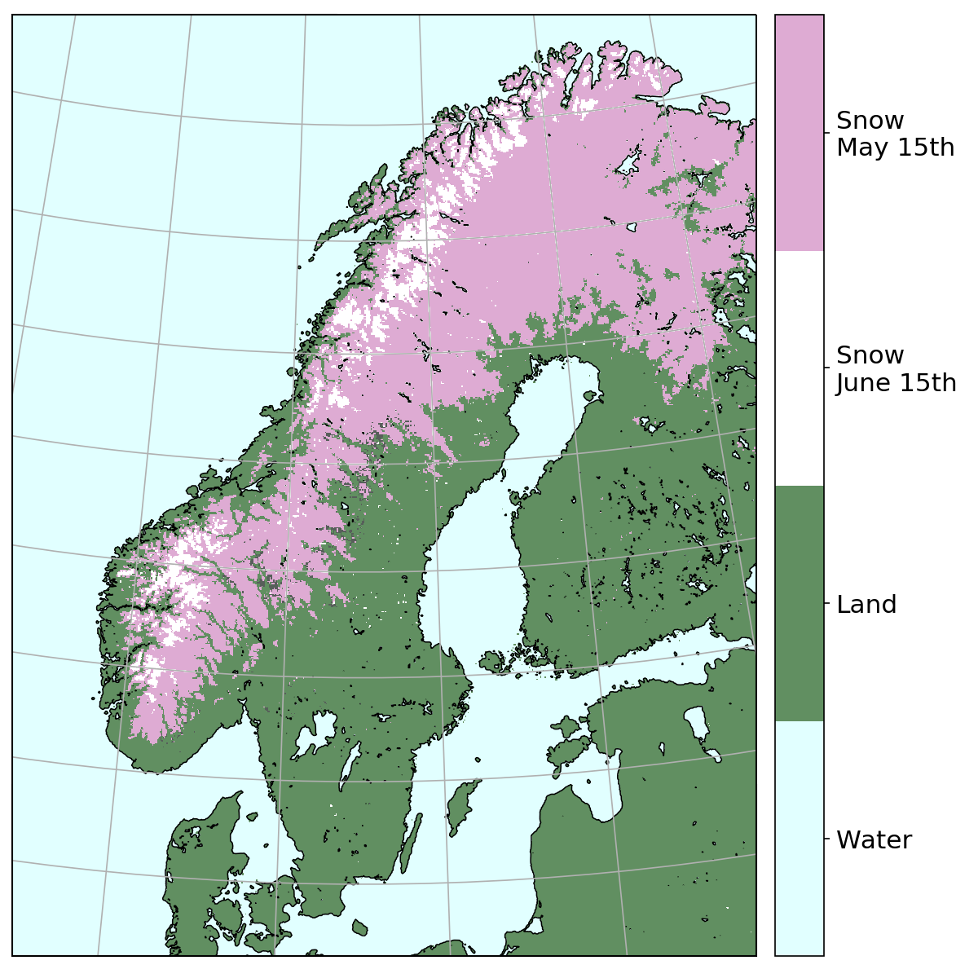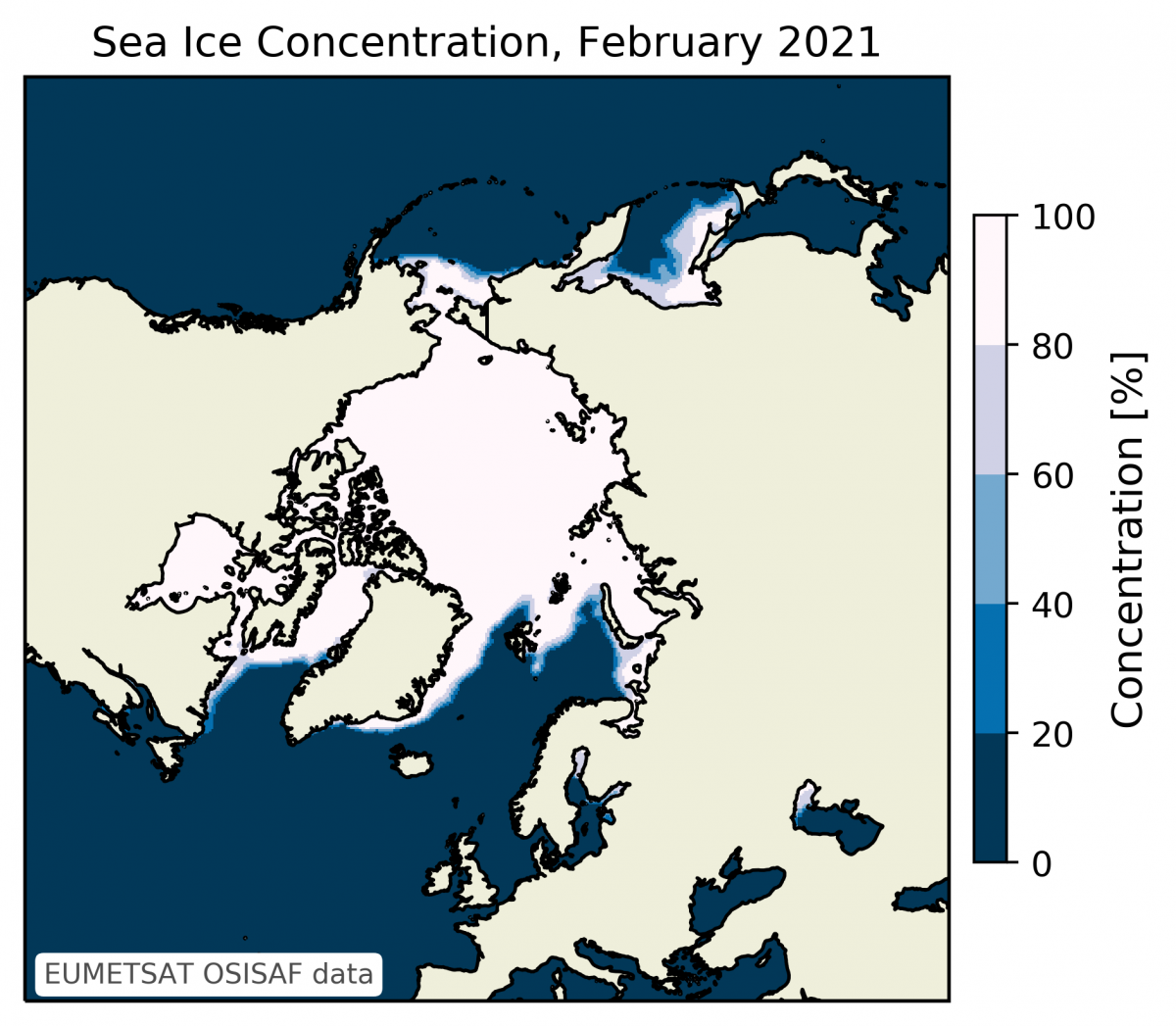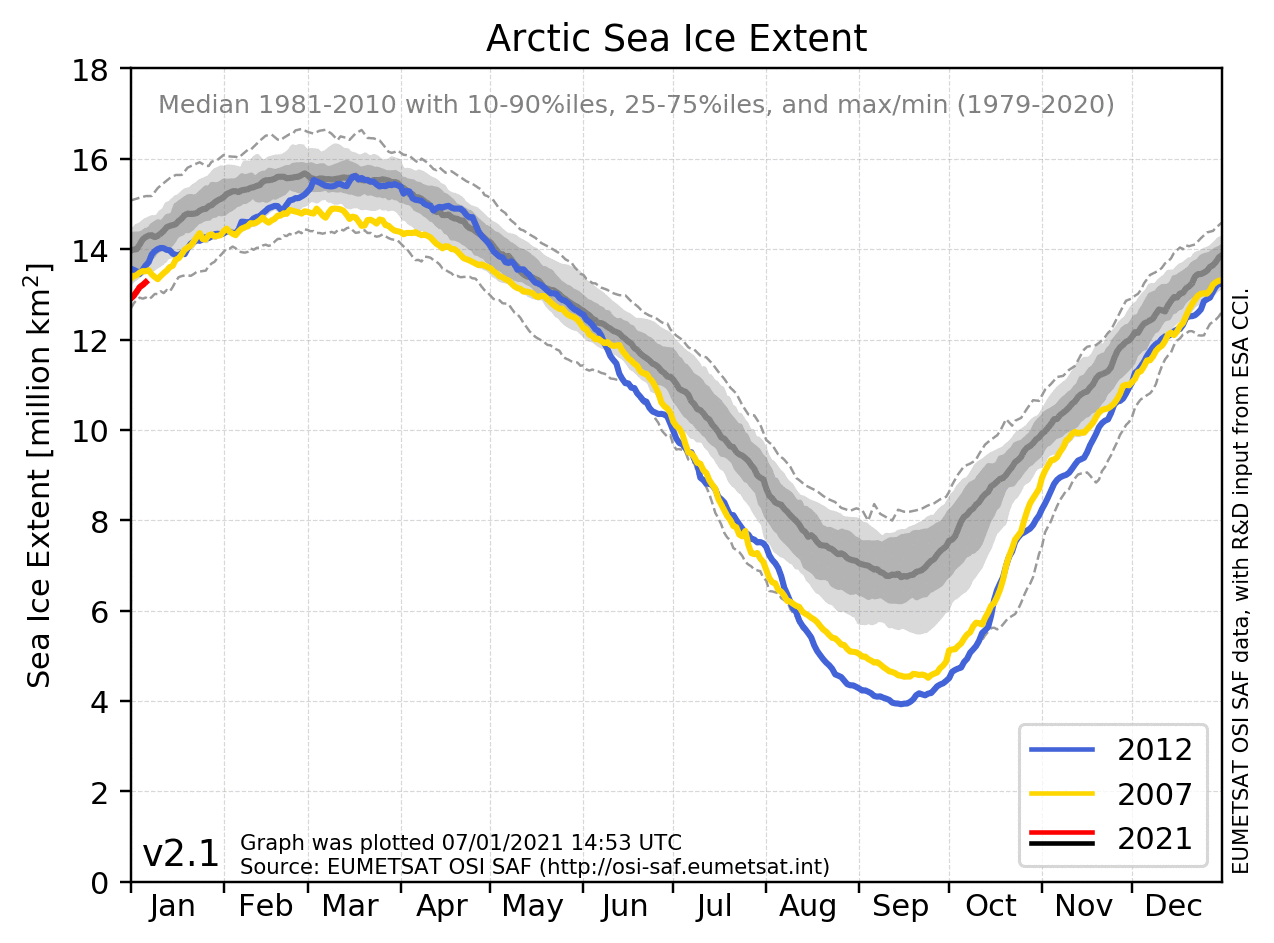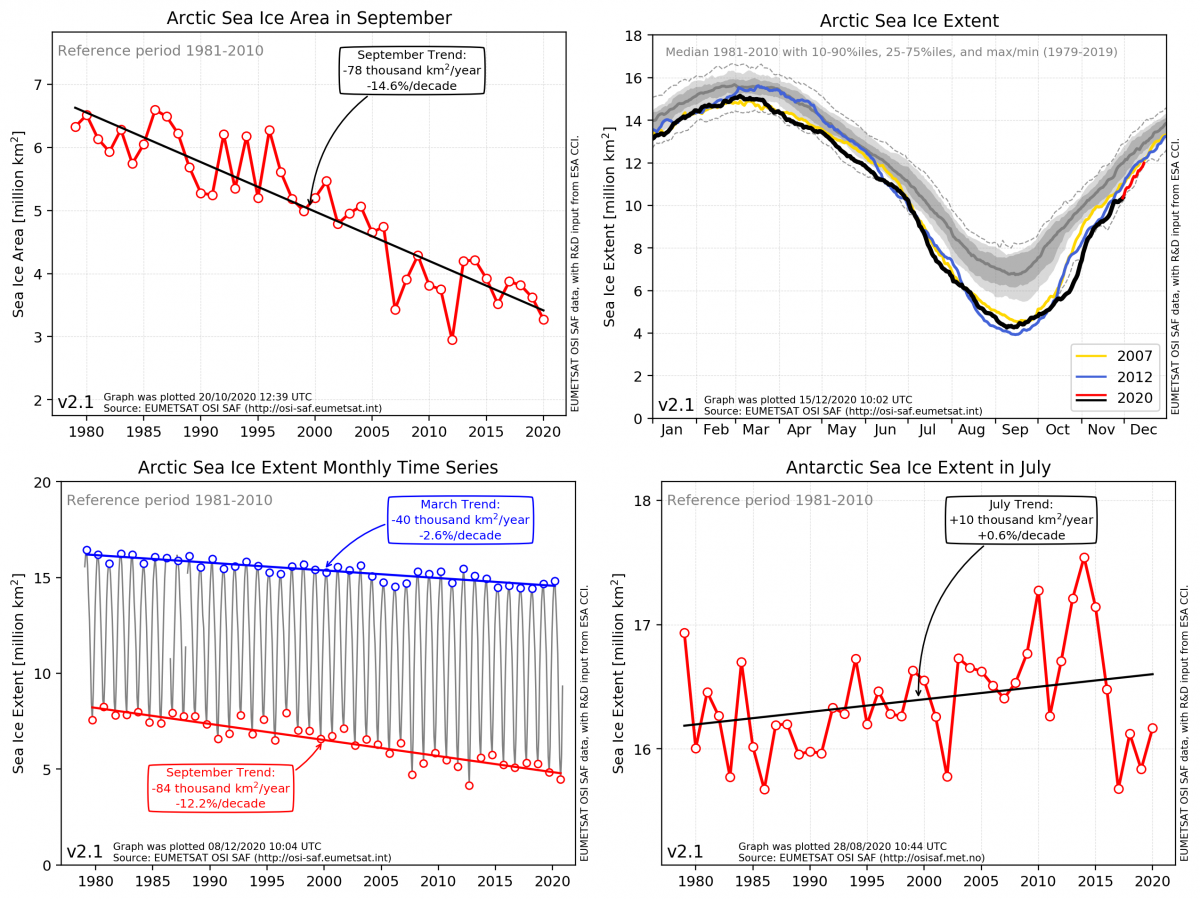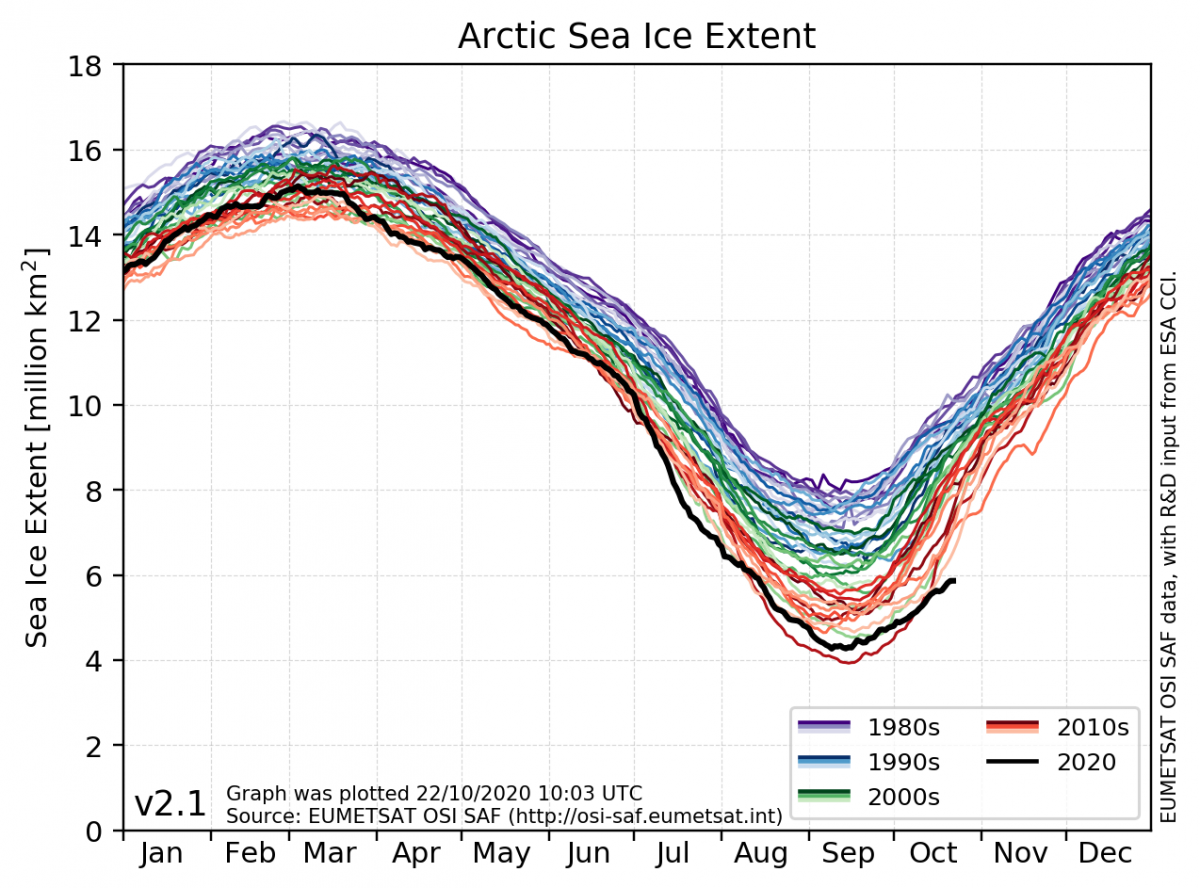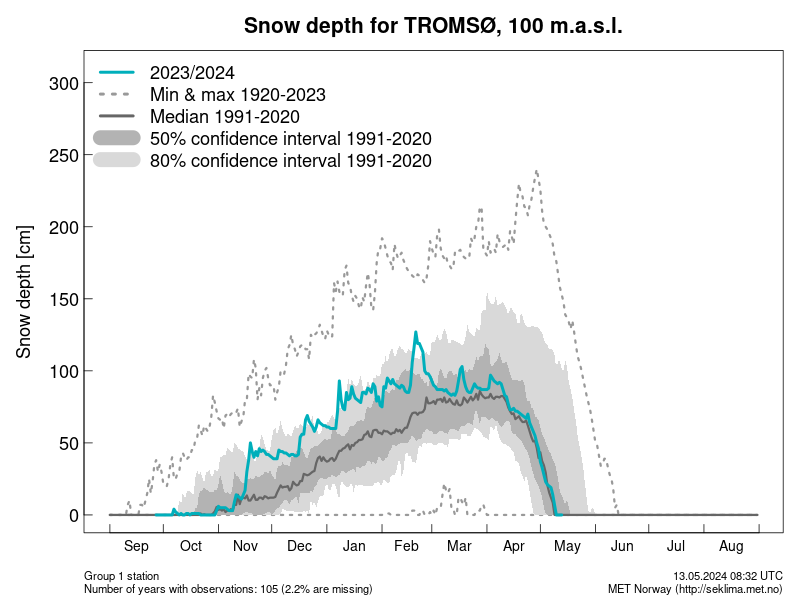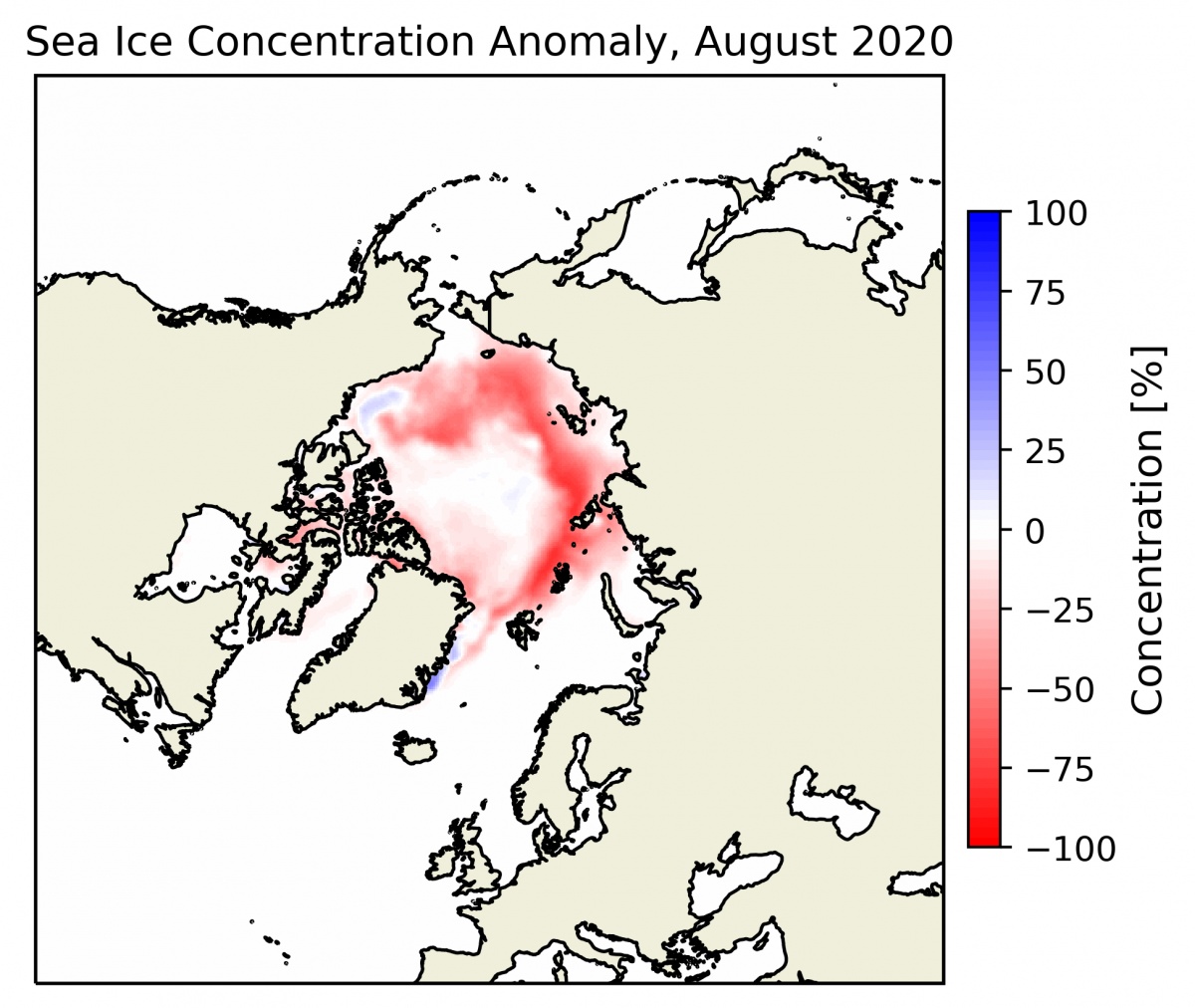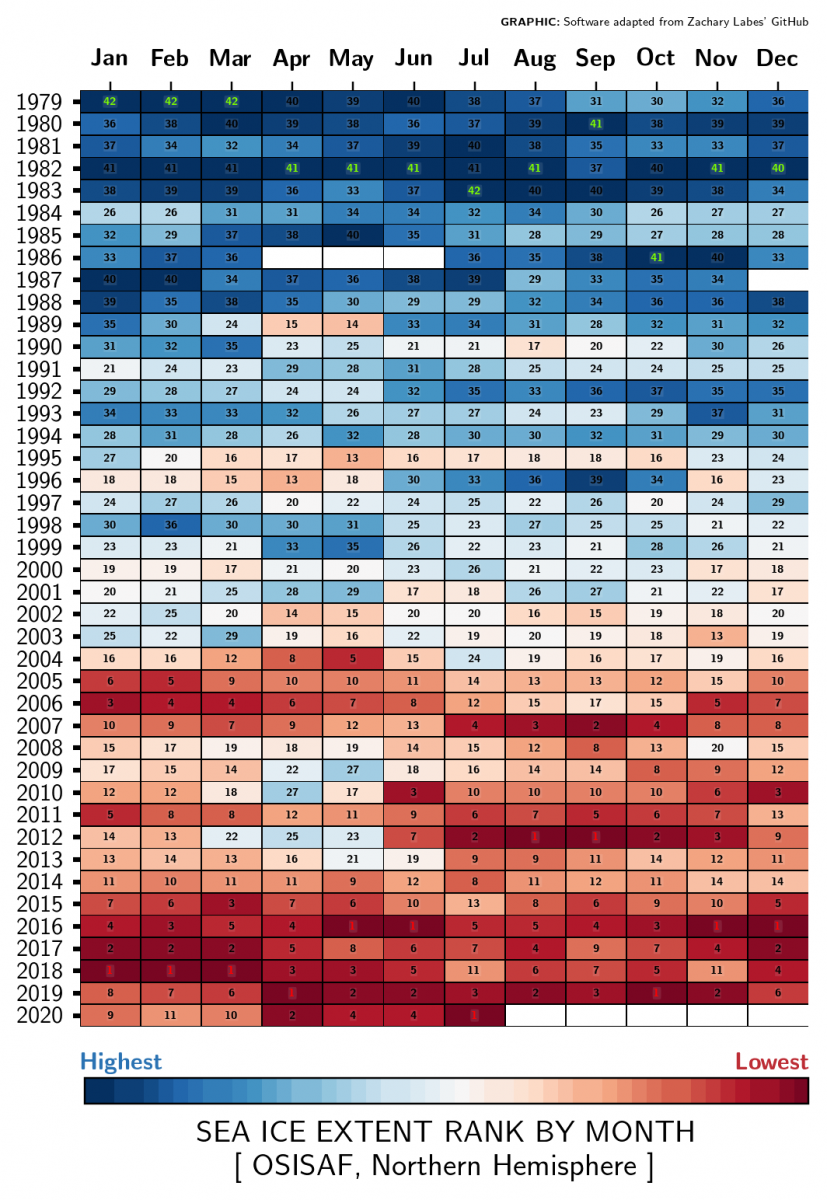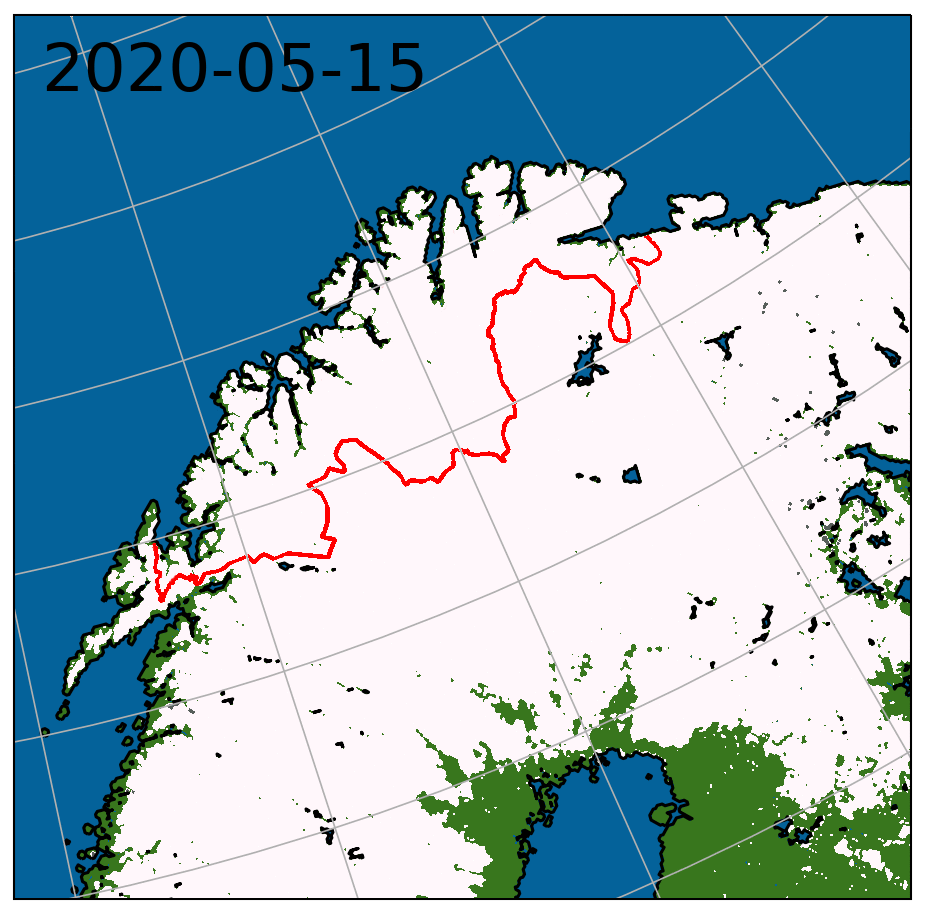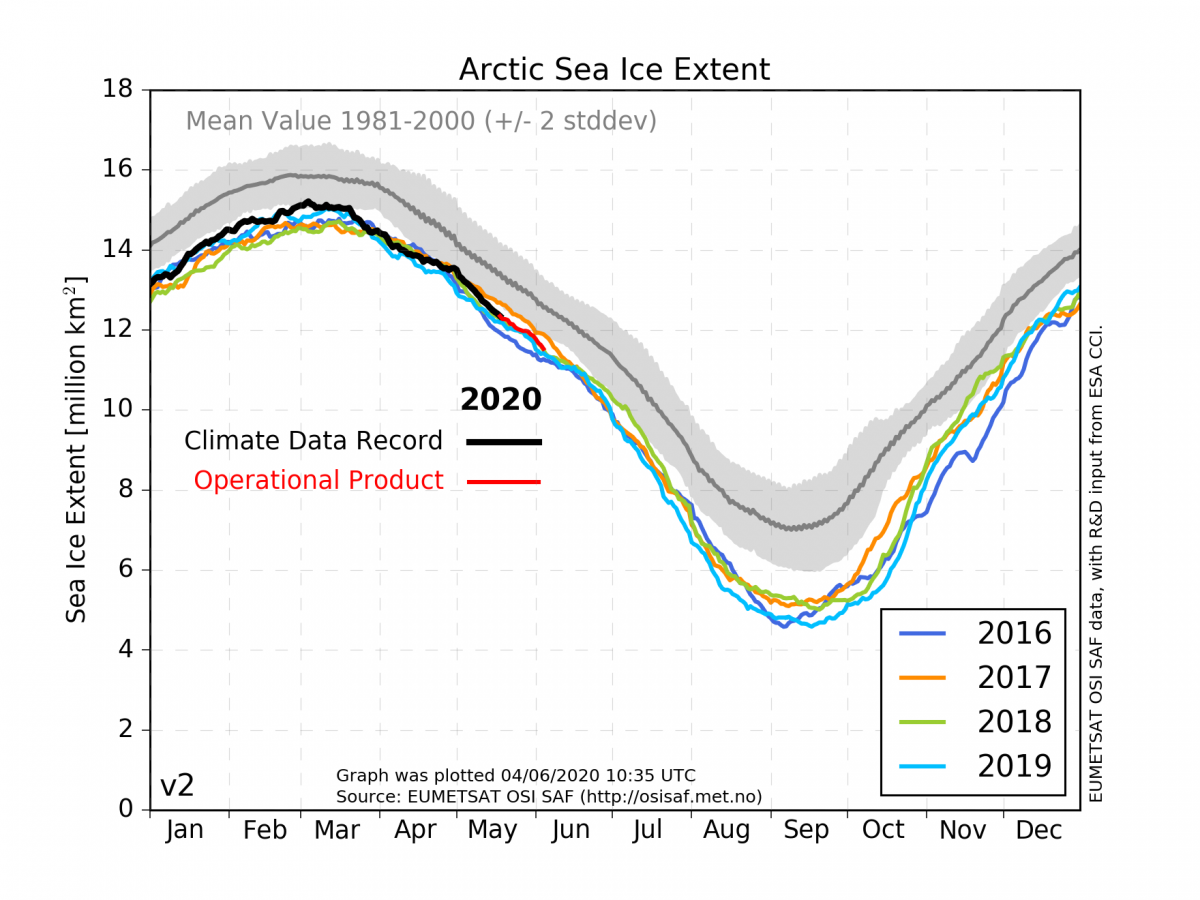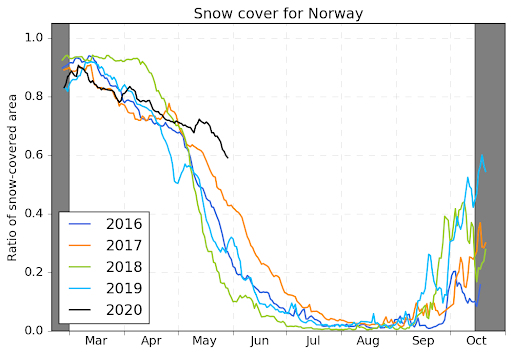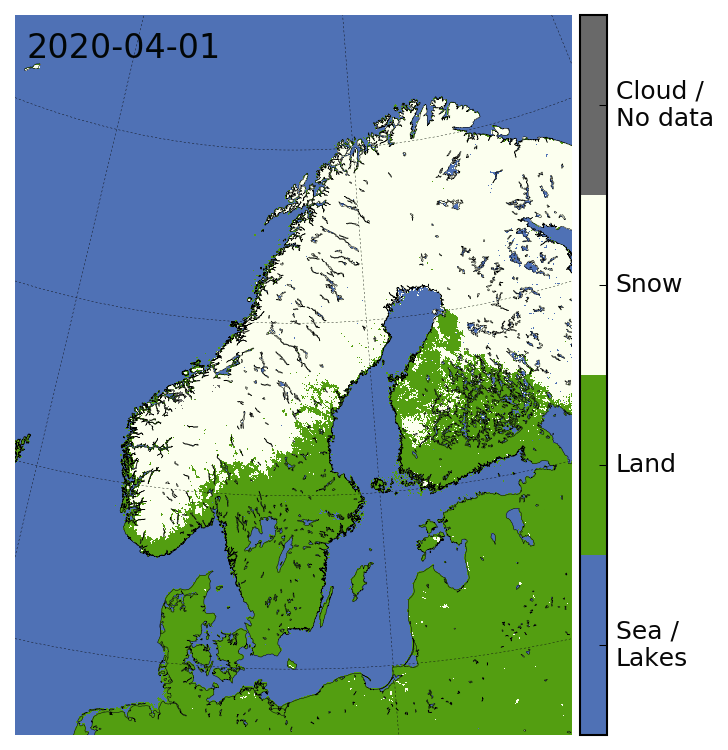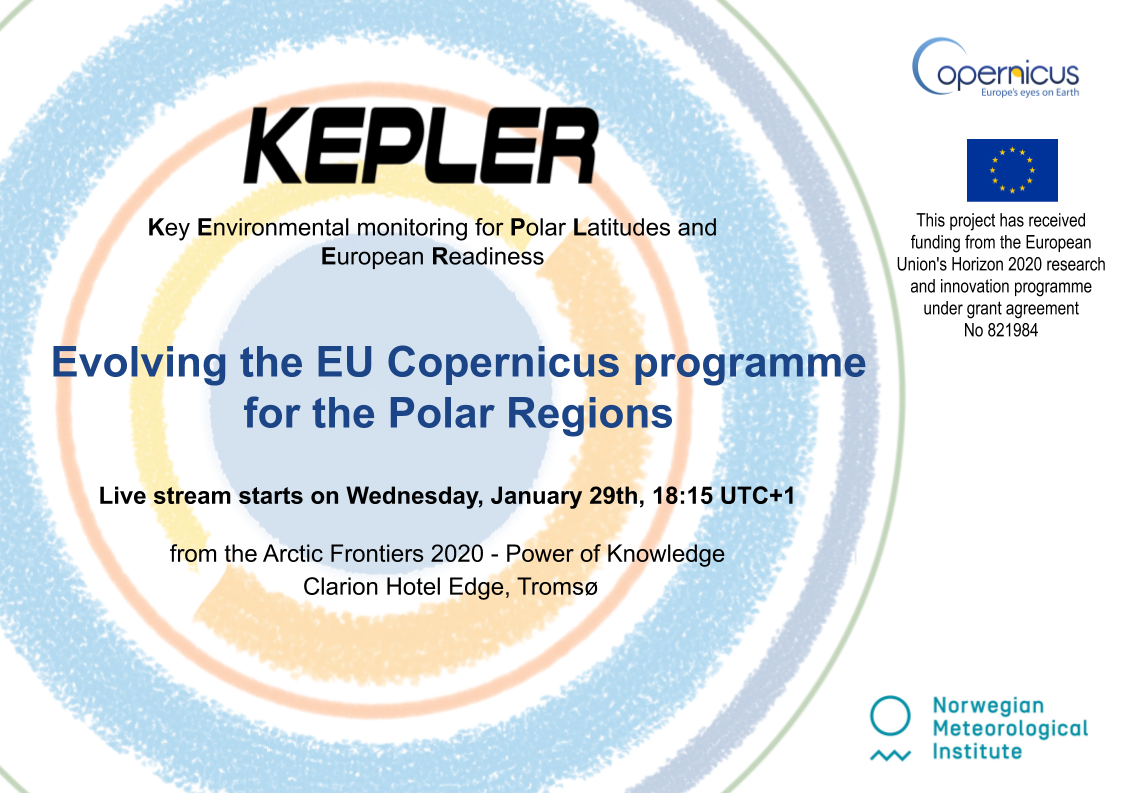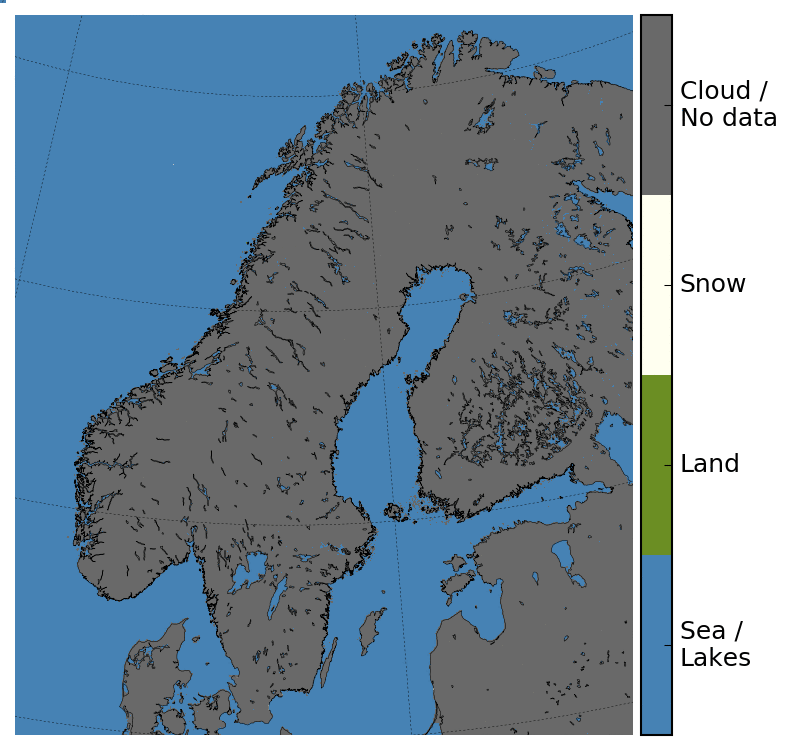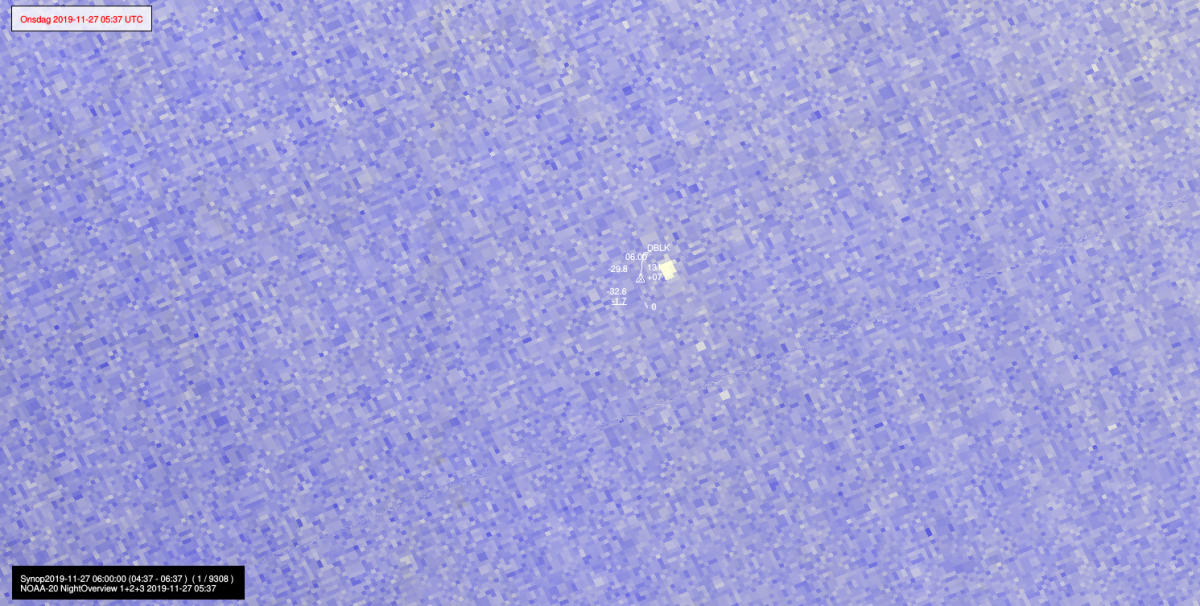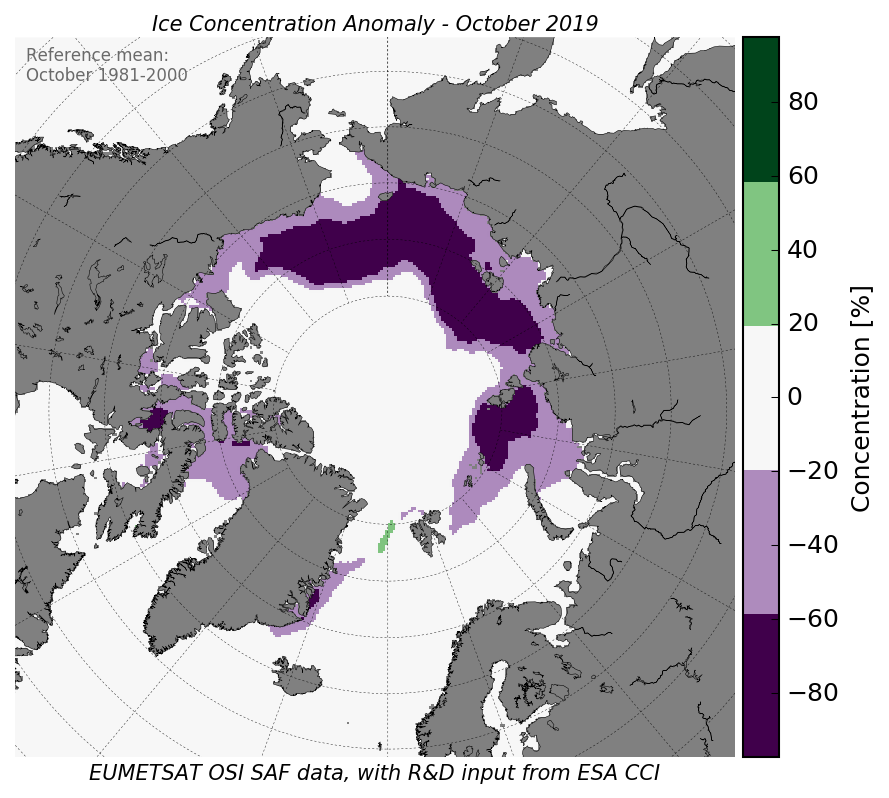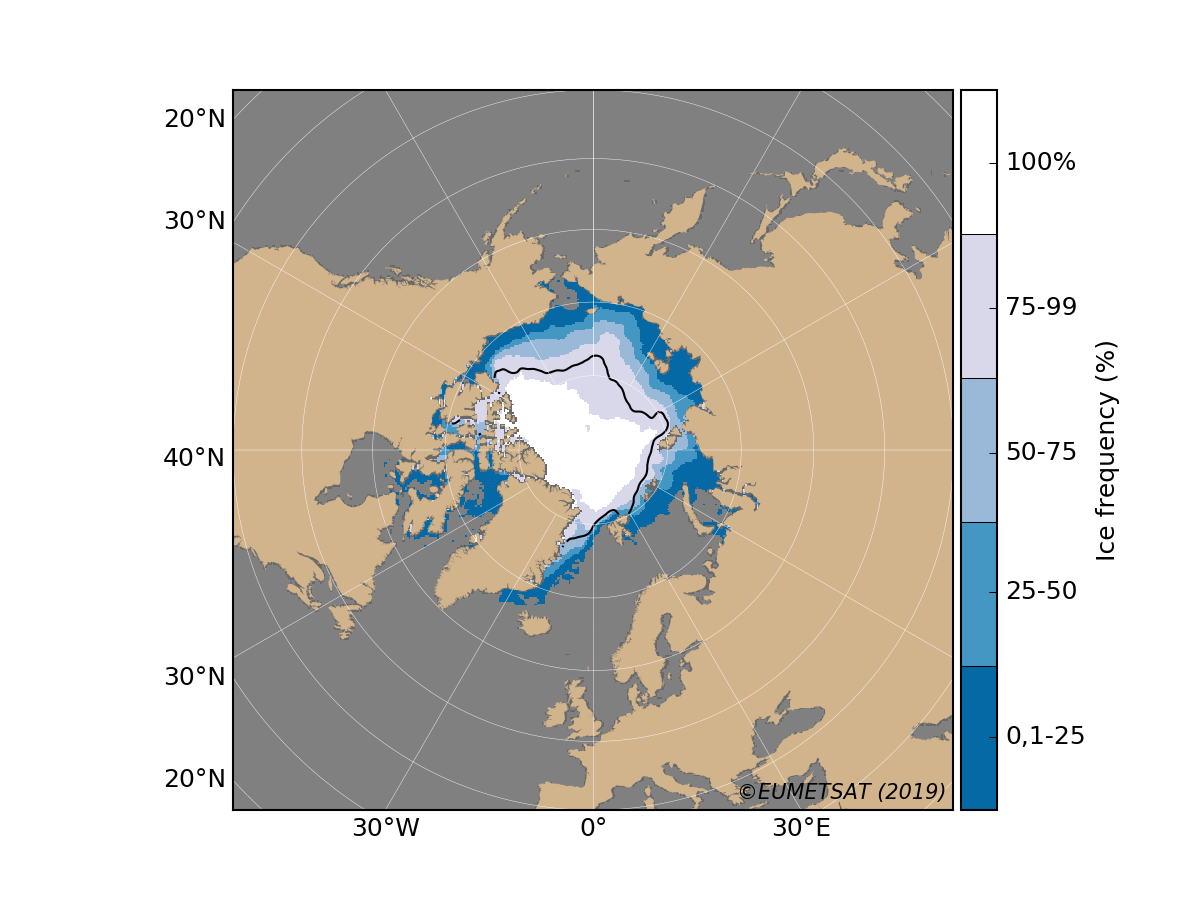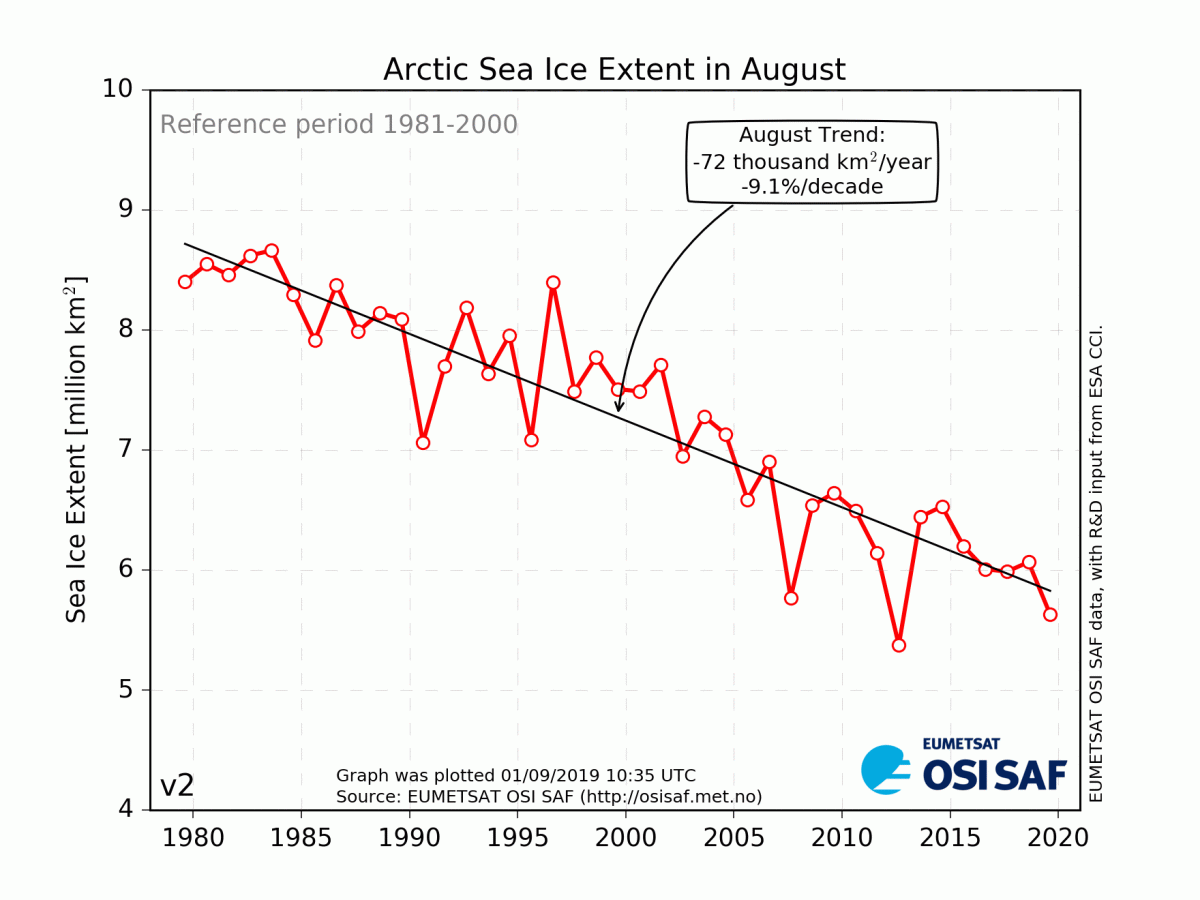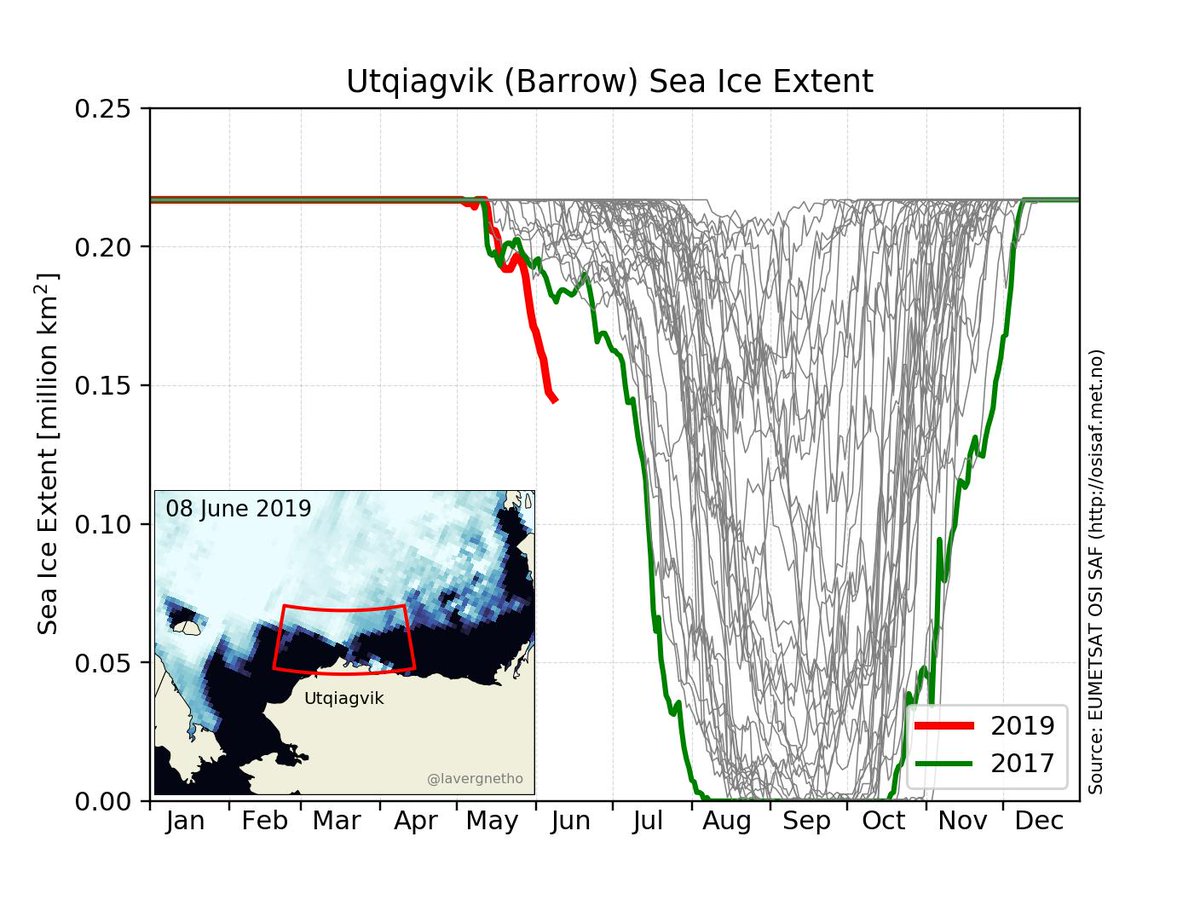News
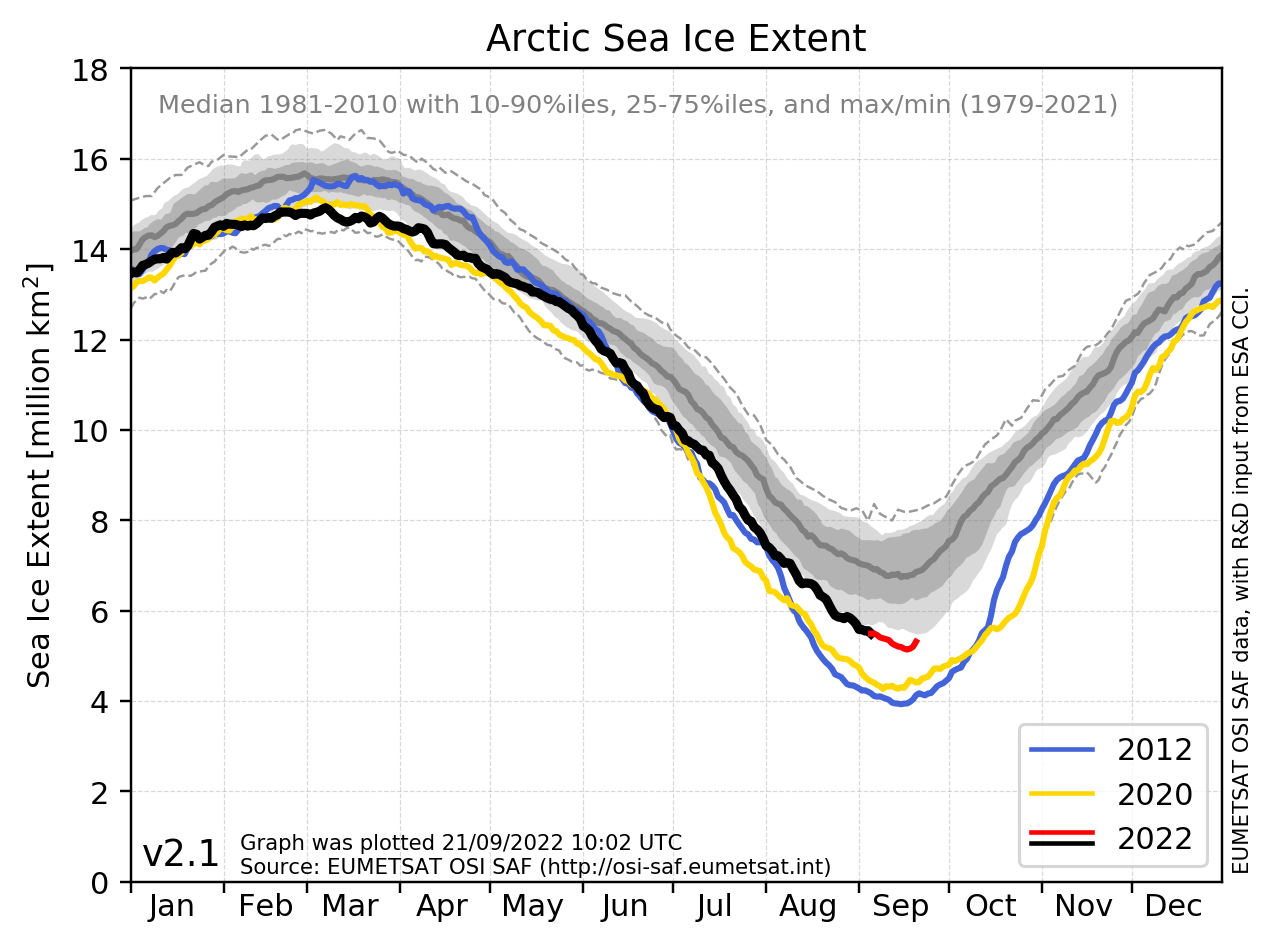 The sea ice in both the Arctic and Antarctic stands out this year as having ice extents among the top ten lowest on record. In the Arctic, the annual minimum ice extent has just been recorded as the ninth lowest since measurements began more than 40 years ago. In Antarctica, where winter is now over, the annual maximum extent is the seventh lowest on record.
The sea ice in both the Arctic and Antarctic stands out this year as having ice extents among the top ten lowest on record. In the Arctic, the annual minimum ice extent has just been recorded as the ninth lowest since measurements began more than 40 years ago. In Antarctica, where winter is now over, the annual maximum extent is the seventh lowest on record.
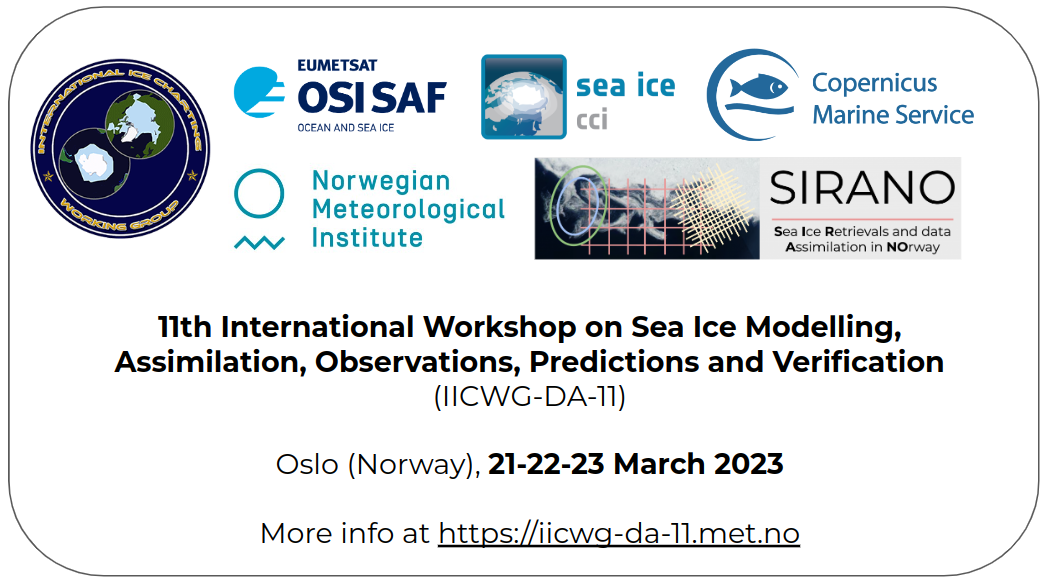 We welcome you in Oslo for the IICWG-DA-11 sea-ice workshop 21-22-23 March 2023 ! Find more information at https://iicwg-da-11.met.no.
We welcome you in Oslo for the IICWG-DA-11 sea-ice workshop 21-22-23 March 2023 ! Find more information at https://iicwg-da-11.met.no.
 We have an available 3-years position as researcher / scientific programmer!
We have an available 3-years position as researcher / scientific programmer!
Closing date October 15, 2021!
We are proud that our sea ice data were used in the 6th IPCC Assessment Report (AR6) that was released early this August!
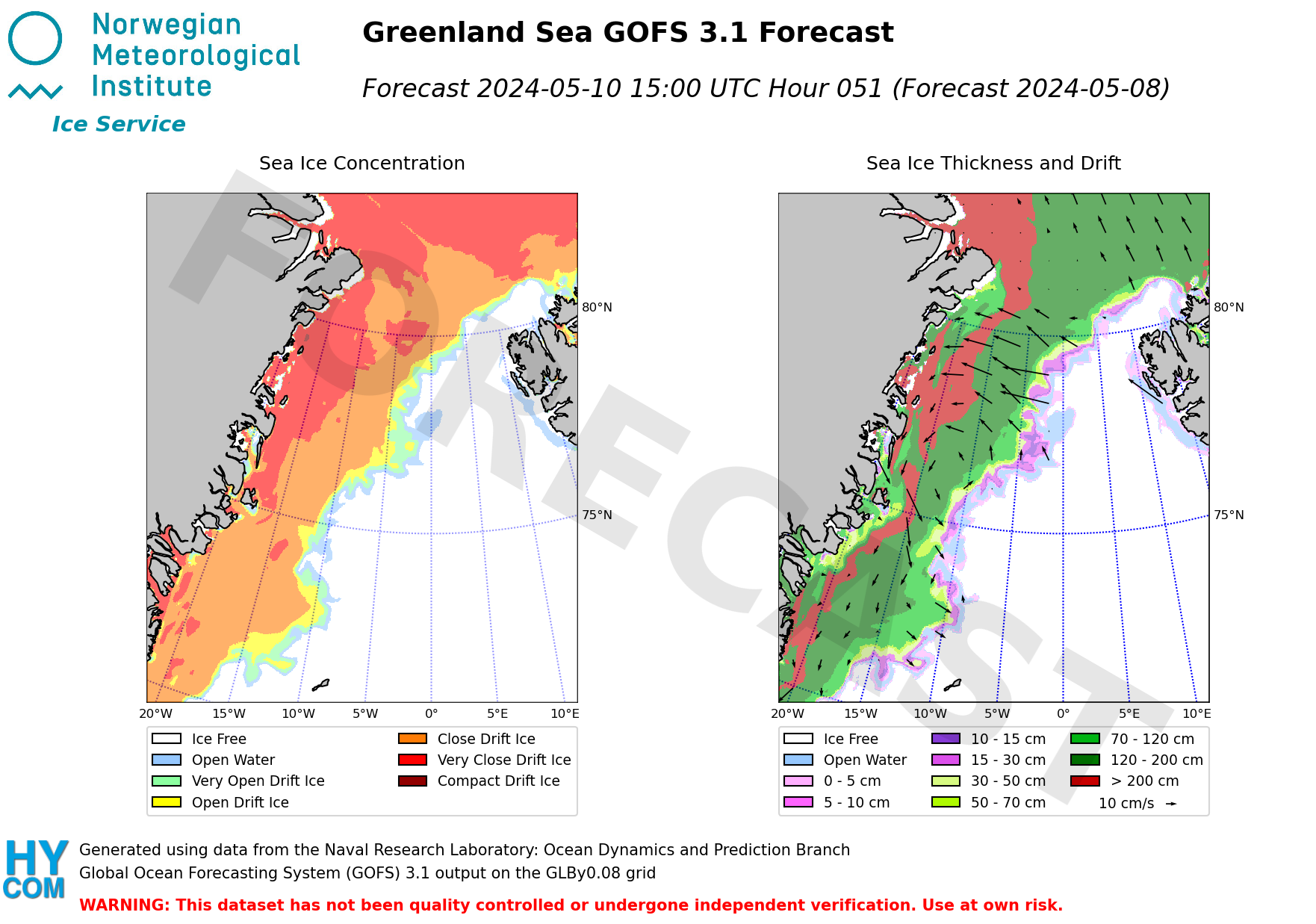
We’re pleased to announce the availability of our visualisations from a number of short-range sea ice forecasts for the Greenland Sea and Fram Strait. These provide maps of estimated sea ice concentration, thickness, and drift at 24 forecast intervals, and animations for the whole forecast period, up to 6 days ahead. The new page also provides a comparison of the forecasts for predicted distance and direction of the sea ice edge from near Jan Mayen island.
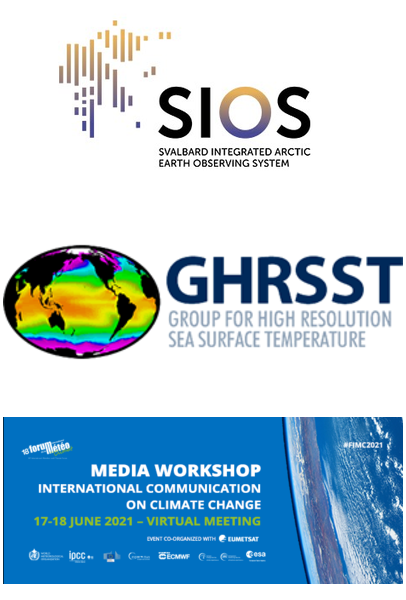 Don’t miss the chance to hear our research scientists talk about the cryosphere this month.
Don’t miss the chance to hear our research scientists talk about the cryosphere this month.
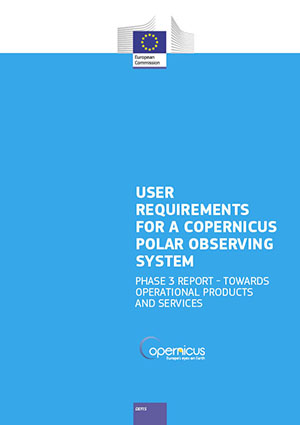
The Polar Expert Group of the European Commission has published the 3rd of it's "User Requirements for a Copernicus Polar Observing System" reports. This report, subtitled "Phase 3 Report - Towards Operational Products and Services", incorporates recommendations from the KEPLER project led by MET.
 Satellite monitoring over 1982-2015 shows earlier onset of snow melt on Svalbard. The most pronounced shift is in valleys, where the ground is snow-free 1-2 days more every year during summer. Snow cover variability in lowlands correlates with the variability of sea ice in the adjacent seas, especially in June.
Satellite monitoring over 1982-2015 shows earlier onset of snow melt on Svalbard. The most pronounced shift is in valleys, where the ground is snow-free 1-2 days more every year during summer. Snow cover variability in lowlands correlates with the variability of sea ice in the adjacent seas, especially in June.
 2020 was the warmest year on record for Norway since the temperature measurements began more than 120 years ago. For Svalbard, although not beating the record from 2016, 2020 was also a warm year with the warmest summer in the 121-year record for Svalbard Airport. The Norwegian Meteorological Institute conducts in-situ measurements and remote sensing observations of the cryosphere: terrestrial snow cover, permafrost and sea ice. What types of cryospheric observations are available on cryo.met.no for the Svalbard area, and what characterized these for 2020?
2020 was the warmest year on record for Norway since the temperature measurements began more than 120 years ago. For Svalbard, although not beating the record from 2016, 2020 was also a warm year with the warmest summer in the 121-year record for Svalbard Airport. The Norwegian Meteorological Institute conducts in-situ measurements and remote sensing observations of the cryosphere: terrestrial snow cover, permafrost and sea ice. What types of cryospheric observations are available on cryo.met.no for the Svalbard area, and what characterized these for 2020?
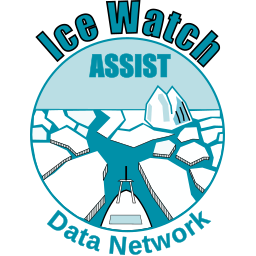 Over the last six months, we have received many contributions through Ice Watch and testing of our new mobile application IceWatchApp. In total, the database consists of close to 10 000 individual sea ice observations from research, operations and polar tourism cruises in remote polar waters. To name a few vessels we currently have in our Ice Watch database; RV Kronprins Haakon, KV Svalbard, HI Sverdrup, Polarstern and Akademik Fedorov.
Over the last six months, we have received many contributions through Ice Watch and testing of our new mobile application IceWatchApp. In total, the database consists of close to 10 000 individual sea ice observations from research, operations and polar tourism cruises in remote polar waters. To name a few vessels we currently have in our Ice Watch database; RV Kronprins Haakon, KV Svalbard, HI Sverdrup, Polarstern and Akademik Fedorov.
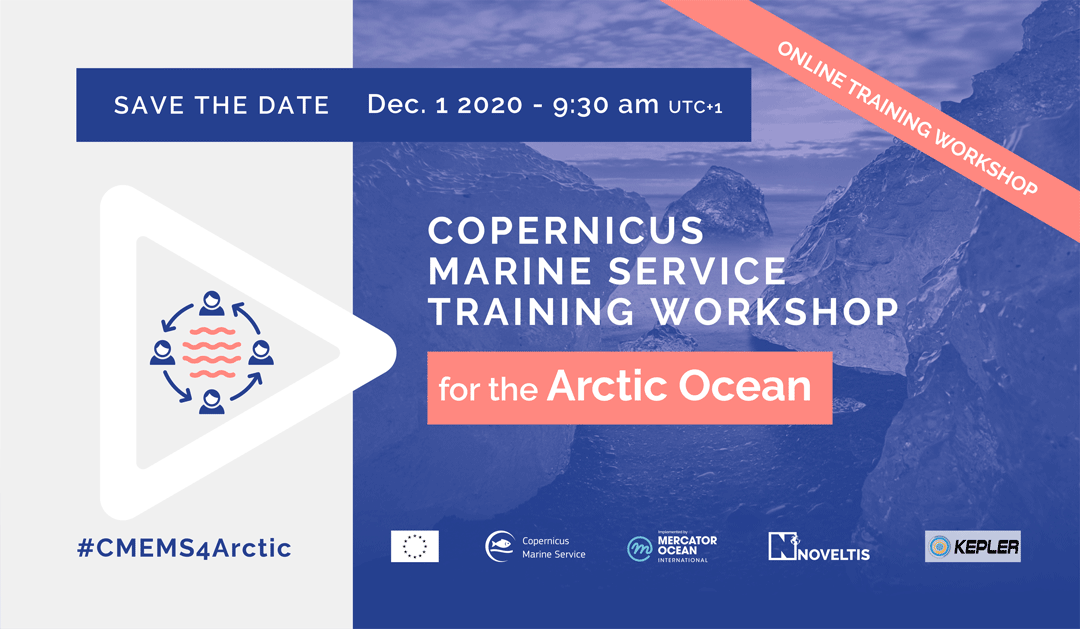 As with many aspects of our lives, the KEPLER project has been highly impacted by the COVID-19 pandemic. All events requiring physical presence of the participants have been postponed to a later date with many of them switched to an online teleconference format. However, when it comes to deliverables and recommendations, the pandemic has had less impact. The KEPLER project is being coordinated by Nick Hughes, the leader of the Norwegian Ice Service in MET Norway.
As with many aspects of our lives, the KEPLER project has been highly impacted by the COVID-19 pandemic. All events requiring physical presence of the participants have been postponed to a later date with many of them switched to an online teleconference format. However, when it comes to deliverables and recommendations, the pandemic has had less impact. The KEPLER project is being coordinated by Nick Hughes, the leader of the Norwegian Ice Service in MET Norway.
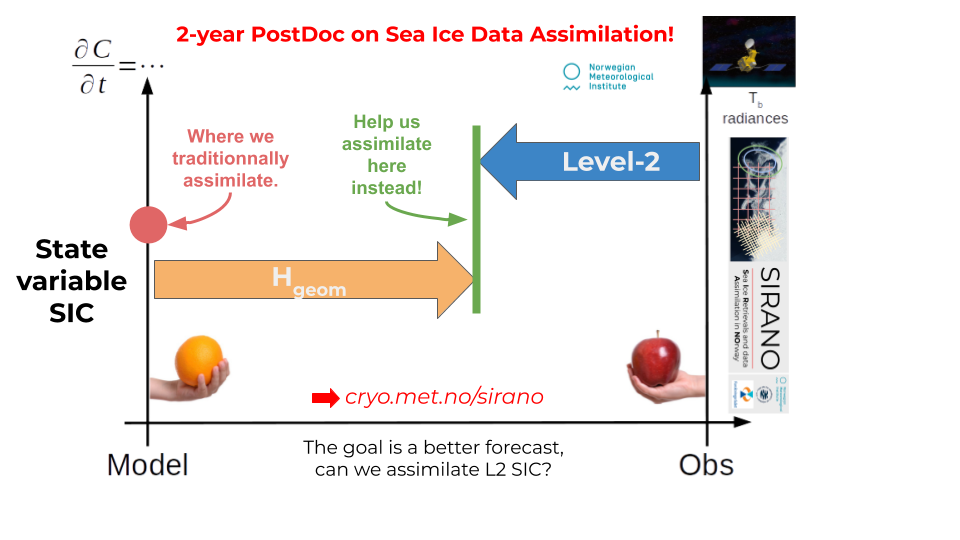 We are recruiting in a 2-year PostDoc position on Sea Ice Data Assimilation!
We are recruiting in a 2-year PostDoc position on Sea Ice Data Assimilation!
Closing date 23 November!
 We have a PhD position on Remote Sensing of Sea Ice!
We have a PhD position on Remote Sensing of Sea Ice!
Closing date 7th June 2020!
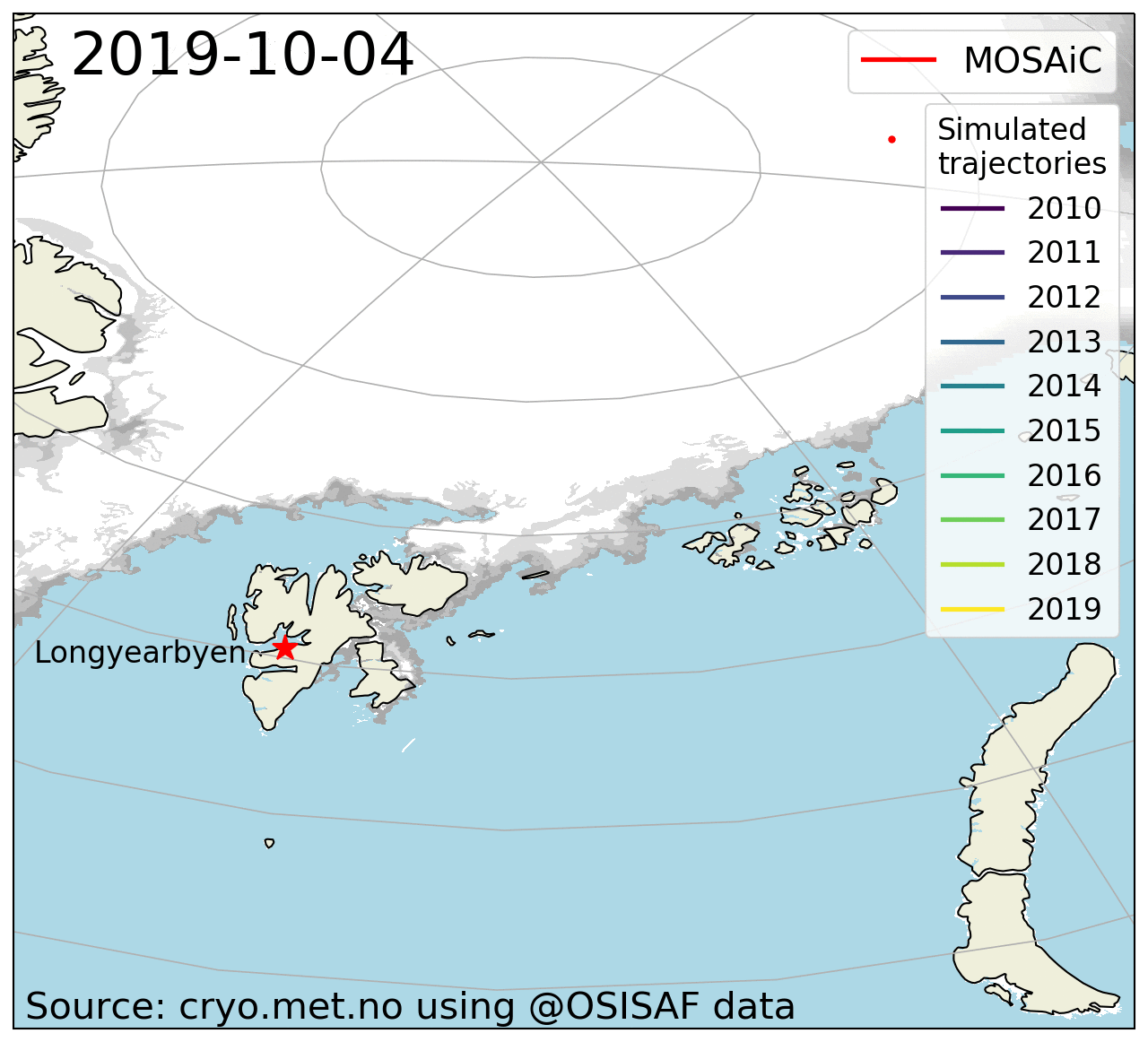 Following in the footsteps of Nansen and his Fram expedition more than one hundred years ago, the research vessel Polarstern has been frozen into the ice since October, and drifts in the Arctic Ocean towards Svalbard and the Fram Strait. This international expedition is called MOSAiC (https://mosaic-expedition.org/). In 1893-1896 it took Nansen’s ship nearly three years to drift across the Arctic Ocean. For MOSAiC the journey has been less than a year.
Following in the footsteps of Nansen and his Fram expedition more than one hundred years ago, the research vessel Polarstern has been frozen into the ice since October, and drifts in the Arctic Ocean towards Svalbard and the Fram Strait. This international expedition is called MOSAiC (https://mosaic-expedition.org/). In 1893-1896 it took Nansen’s ship nearly three years to drift across the Arctic Ocean. For MOSAiC the journey has been less than a year.
 Børge Ousland and Mike Horn’s 87 day expedition to cross the Arctic Ocean via the North Pole on skis, from boat to boat without assistance, took place during changing sea ice conditions. Using sea ice drift products - retrieved daily from satellite data - we can estimate the influence ice drift had on the expedition.
Børge Ousland and Mike Horn’s 87 day expedition to cross the Arctic Ocean via the North Pole on skis, from boat to boat without assistance, took place during changing sea ice conditions. Using sea ice drift products - retrieved daily from satellite data - we can estimate the influence ice drift had on the expedition.
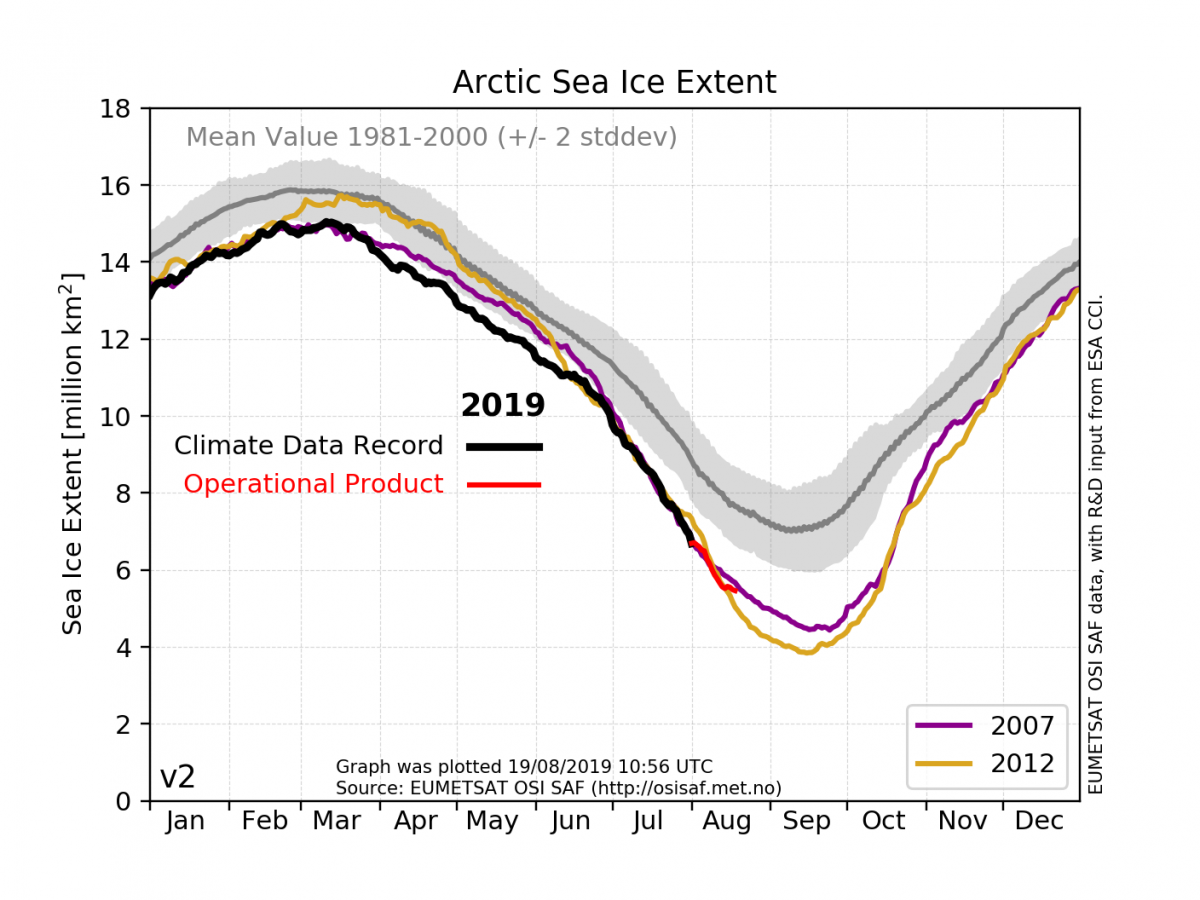 This webpage will hold daily updated sea-ice extent graphs until the end of the Arctic melt season 2019.
This webpage will hold daily updated sea-ice extent graphs until the end of the Arctic melt season 2019.
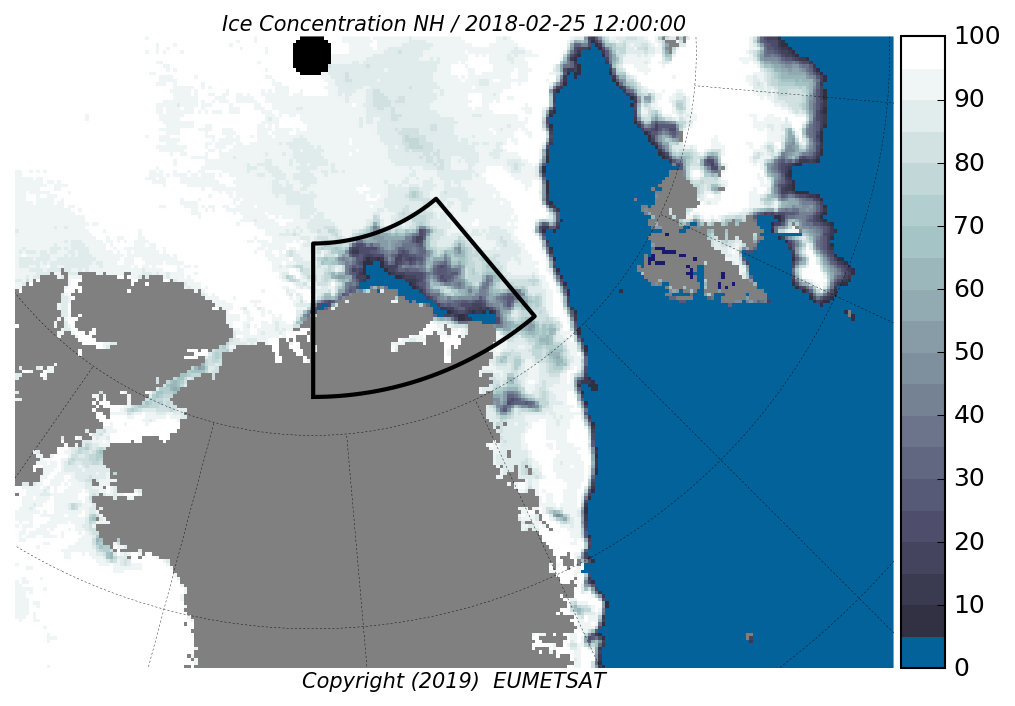 2018 was the first time since the start of satellite observations in 1979 that an area of open water (or polynya) in the sea ice occurred north of Greenland during winter months.
2018 was the first time since the start of satellite observations in 1979 that an area of open water (or polynya) in the sea ice occurred north of Greenland during winter months.

